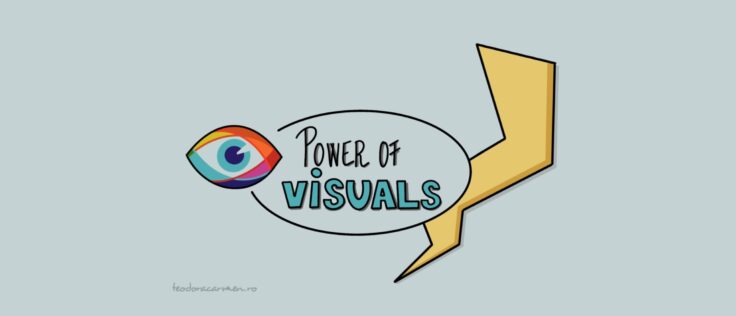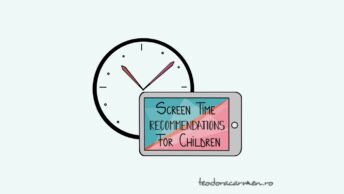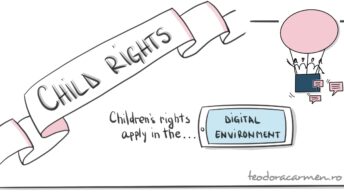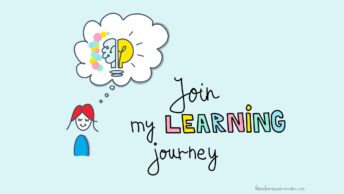Throughout the course of history, as we interacted with the world through visual cues, our brains evolved to absorb, manipulate and react to visual information in increasingly efficient ways.
A picture’s worth a thousand words.
Researchers believe that it takes us just 150 milliseconds to process a symbol and another 100 milliseconds to attach meaning to it.
Therefore, it comes as no surprise that we live in a world where we are surrounded by laptops, smartphones and tablets, all graphic-centered instruments.
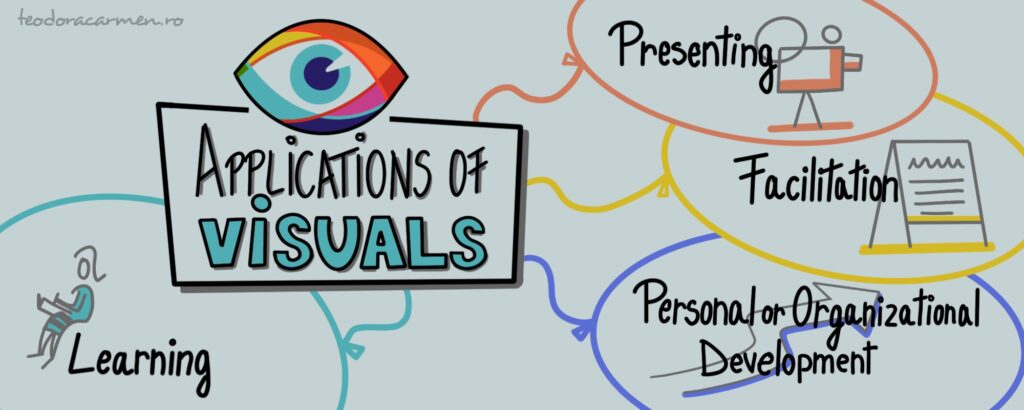
When presented in a visual way information can be transmitted in a clear and comprehensive way, can be understood faster and can be memorized easily. This whole process also stimulates creativity and imagination.
Cool! Tell me more!
Visuals are used in a variety of different contexts by a whole range of professionals. For example, journalist may use them to map out complex data, copyrighters to convey concepts and architects to build a common understanding between designer, owner and contractor.
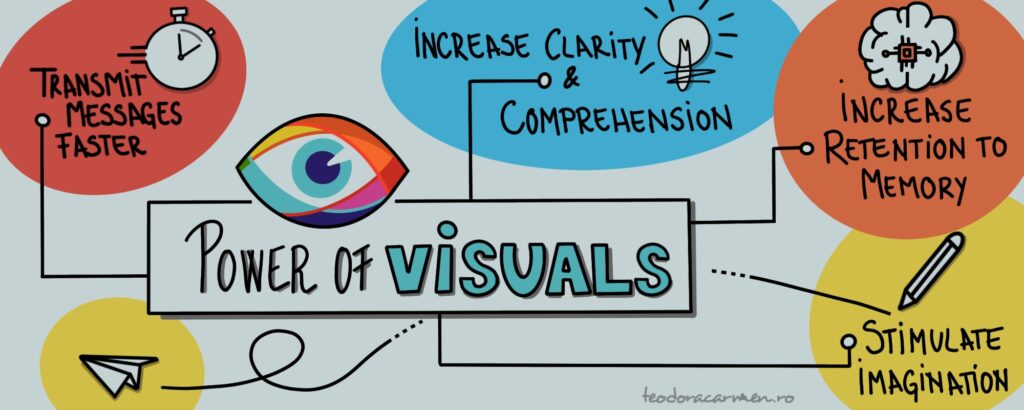
The use of visuals has a wide range of benefits, but I’m going to focus on just a few, the ones I find most relevant. Visualization…
- Allows you to organize information and see the bigger picture. Therefore, it allows you to change perspective.
- Transforms the abstract into something tangible.
- Builds collective understanding, which facilitates dialogue and accelerates the search for solutions.
- Allows you to depict action and emotion, to tell a story without using words.
- Inspires creativity and encourages diversity.
- Spreads joy!
In conclusion, visuals are an awesome way to engage with information and learn new things. But are they enough?
People generally remember 10% of what they read, 20% of what they hear, 30% of what they see, 50% of what they hear and see and 70% of what they say and 90% of what they do.
So… go try it yourself! Or tell a friend about it, don’t hesitate!

